Reds (film)
8.6 /10 1 Votes
3.5/4 Roger Ebert Country United States | 7.5/10 IMDb 94% Rotten Tomatoes Genre Biography, Drama, History Duration | |||||||||||||||||||||||||||||||||
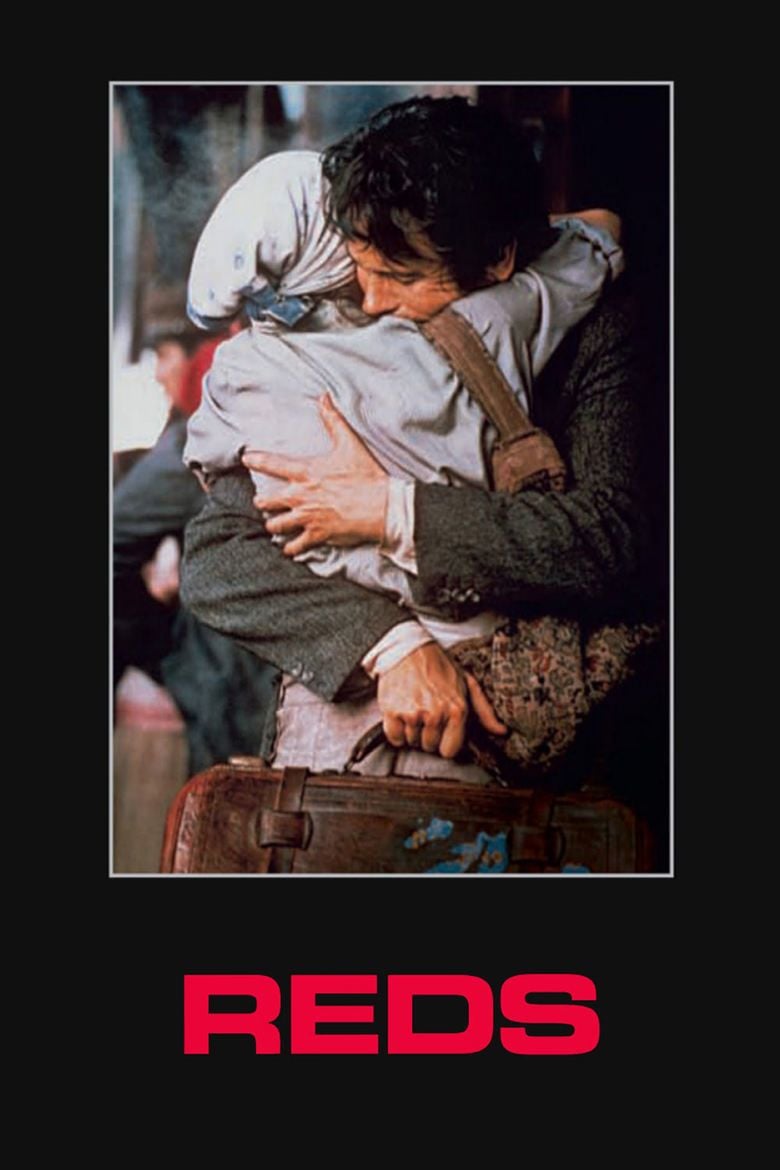 | ||||||||||||||||||||||||||||||||||
Language EnglishRussianGerman Release date December 4, 1981 (1981-12-04) Cast Warren Beatty (John Reed), (Louise Bryant), (Max Eastman), (Eugene O'Neill), Jerzy Kosinski (Grigory Zinoviev), (Louis Fraina)Similar movies Nightcrawler , Breathless , The Devil Wears Prada , Blood Diamond , Zodiac , Citizen Kane Tagline Not since Gone With The Wind has there been a great romantic epic like it! | ||||||||||||||||||||||||||||||||||
Reds is a 1981 American epic drama film co-written, produced and directed by Warren Beatty. The picture centers on the life and career of John Reed, the journalist and writer who chronicled the Russian Revolution in his book Ten Days That Shook the World. Beatty stars in the lead role alongside Diane Keaton as Louise Bryant and Jack Nicholson as Eugene O'Neill.
Contents
- Plot
- Development
- Casting
- The Witnesses
- Filming
- Post production
- Music
- Reception
- Awards and nominations
- References
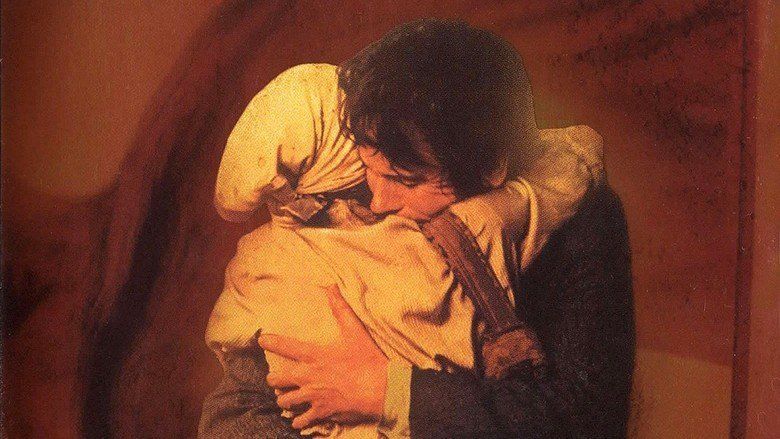
The supporting cast includes Edward Herrmann, Jerzy Kosinski, Paul Sorvino, Maureen Stapleton, Gene Hackman, Ramon Bieri, Nicolas Coster and M. Emmet Walsh. The film also features, as "witnesses," interviews with the 98-year-old radical educator and peace activist Scott Nearing, author Dorothy Frooks, reporter and author George Seldes, civil liberties advocate Roger Baldwin, and the American writer Henry Miller, among others.
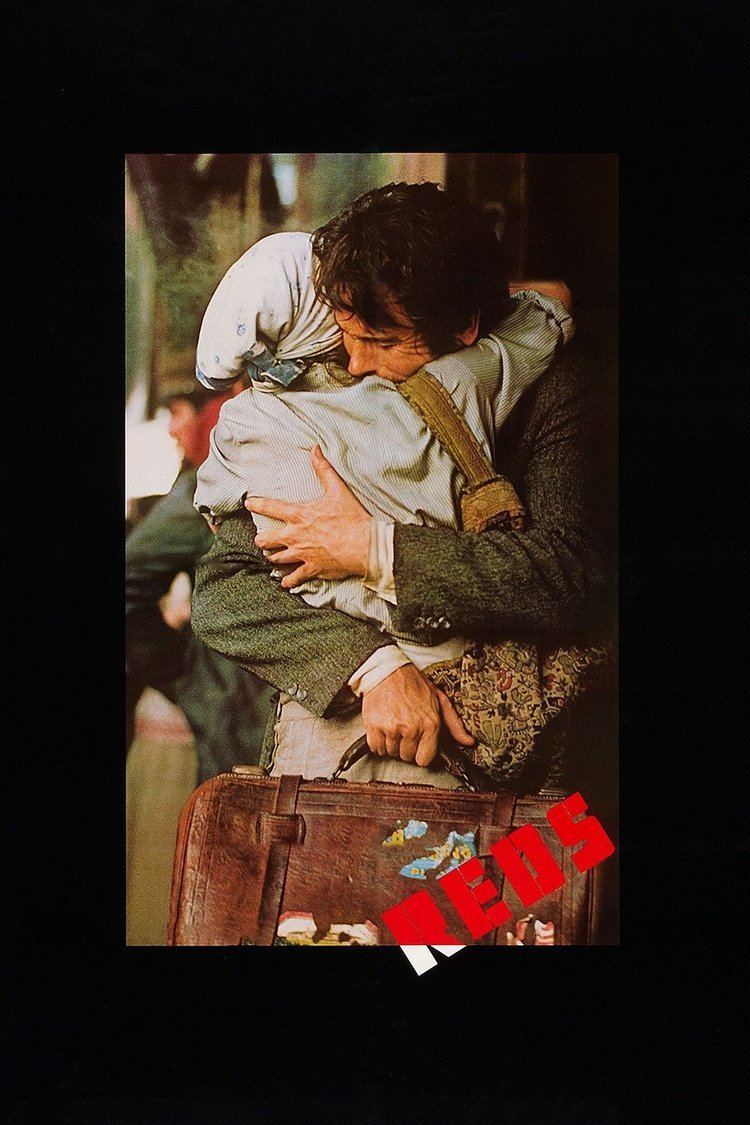
Beatty was awarded the Academy Award for Best Director and the film was nominated for Best Picture, but lost to Chariots of Fire. Beatty, Keaton, Nicholson and Stapleton were nominated for Best Actor, Best Actress, Best Supporting Actor and Best Supporting Actress, respectively. Stapleton was the only one of the four to win. Beatty was also nominated, along with co-writer Trevor Griffiths, for Academy Award for Best Original Screenplay, but lost to Chariots of Fire. Beatty became the third person to be nominated for Academy Awards in the categories Best Actor, Director and Original Screenplay for a film nominated for Best Picture.
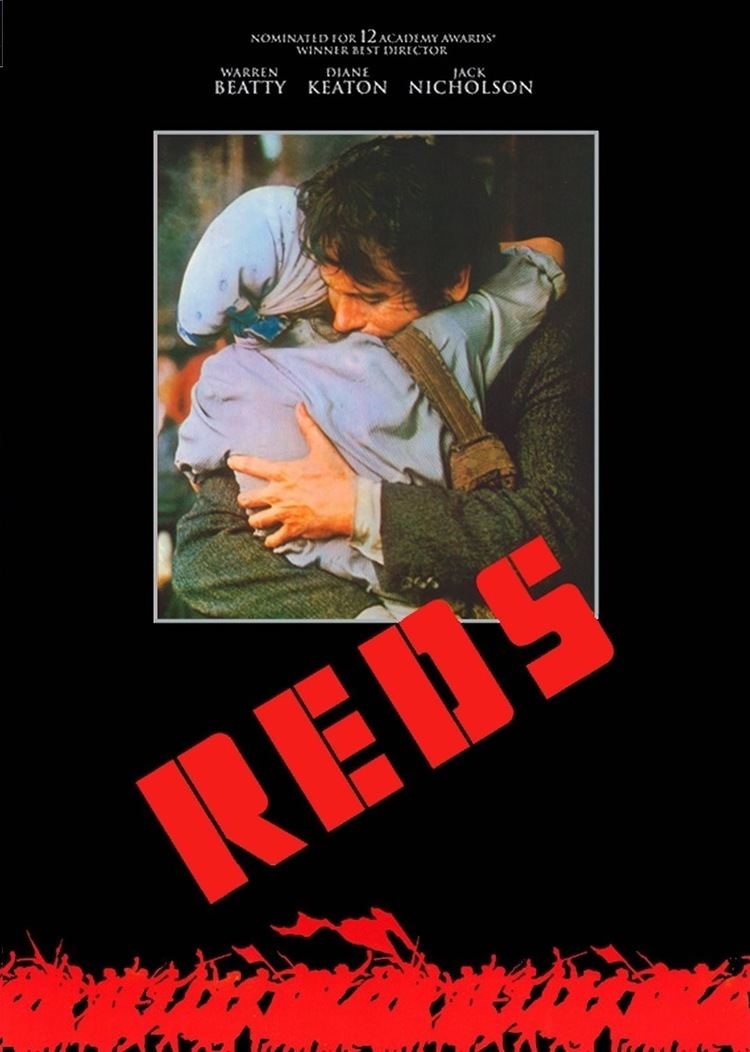
In June 2008, the American Film Institute revealed its "Ten Top Ten" – the best ten films in ten "classic" American film genres – after polling over 1,500 people from the creative community. Reds came in ninth in the epic genre.

Plot
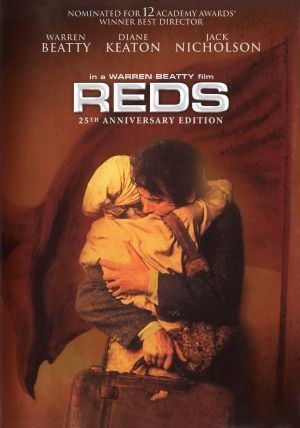
In 1915, married socialite Louise Bryant encounters the radical journalist John Reed for the first time at a lecture in Portland, Oregon, and is intrigued with his idealism. After meeting him for an interview on international politics that lasts an entire night, she realizes that writing has been her only escape from her frustrated high-society existence. Inspired to leave her husband, Bryant joins Reed in Greenwich Village, New York City, and becomes acquainted with the local community of activists and artists, including anarchist and author Emma Goldman and the playwright Eugene O'Neill. Later, they move to Provincetown, Massachusetts, to concentrate on their writing, becoming involved in the local theatre scene. Through her writing, Bryant becomes a feminist and radical in her own right. Reed becomes involved in labor strikes with the "Reds" of the Communist Labor Party of America. Obsessed with changing the world, he grows restless and heads for St. Louis to cover the 1916 Democratic Convention.
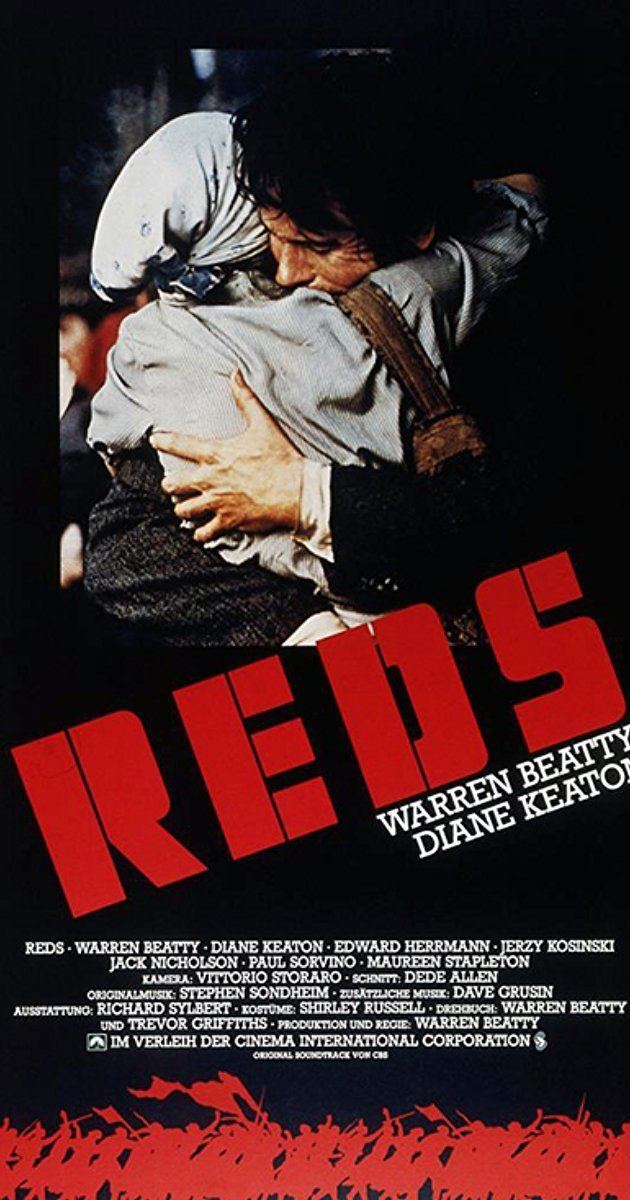
During Reed's absence, Bryant falls into a complicated affair with O'Neill. Upon his return, Reed discovers the affair and realizes he still loves Bryant. The two marry secretly and make a home together in Croton-on-Hudson, north of New York City, but still have conflicting desires. When Reed admits his own infidelities, Bryant takes a ship to Europe to work as a war correspondent. After a flare-up of a kidney disorder, Reed is warned to avoid excessive travel or stress, but he decides to take the same path. Reunited as professionals, the two find their passion rekindled as they are swept up in the fall of Russia's Czarist regime and the events of the 1917 Revolution.
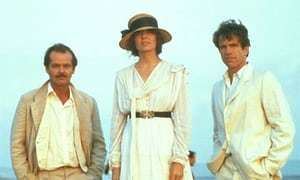
The second part of the film takes place shortly after the publication of Ten Days that Shook the World. Inspired by the idealism of the Revolution, Reed attempts to bring the spirit of Communism to the United States, because he is disillusioned with the policies imposed upon Communist Russia by Grigory Zinoviev and the Bolsheviks. While attempting to leave Europe, he is briefly imprisoned and interrogated in Finland. He returns to Russia and is reunited with Bryant at the railway station in Moscow. By this point, Reed is growing progressively weaker as a result of his kidney disorder. Bryant helps nurse the ailing Reed, who eventually dies.
Development
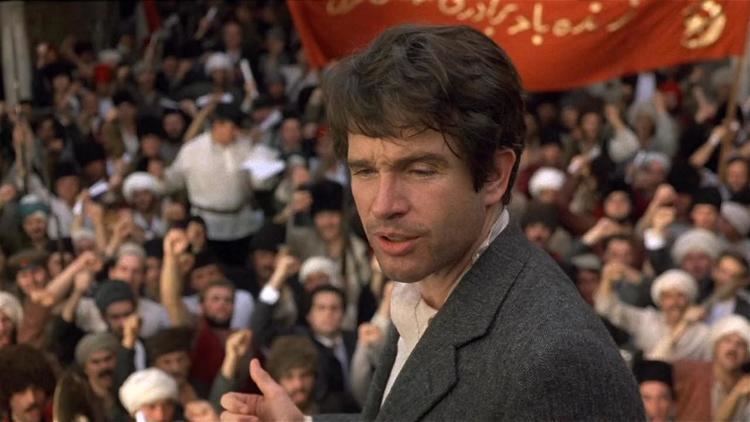
Beatty came across the story of John Reed in the mid-1960s and executive producer and film editor Dede Allen remembers Beatty's mentioning making a film about Reed's life as early as 1966. Originally titled Comrades, the first script was written by Beatty in 1969, but the process stalled. In 1976, Beatty found a suitable collaborator in Trevor Griffiths who began work but was delayed when his wife died in a plane crash. The preliminary draft of the script was finished in 1978, but Beatty still had problems with it. Beatty and Griffiths spent four and a half months on fixing it, though Beatty's friend Elaine May would also collaborate on polishing the script.
Casting

Beatty originally had no intention of acting in the film or even directing it, because he had learned on various projects such as Bonnie and Clyde and Heaven Can Wait that producing a film alone is a difficult task. He briefly considered John Lithgow for the part of John Reed because the two looked similar in appearance. Eventually, however, Beatty decided to act in the film and direct it himself. Nicholson was cast as Eugene O'Neill over James Taylor and Sam Shepard.
The Witnesses
To gain perspective on the lives of Reed and Bryant, Beatty filmed interviews with a group of men and women, referred to only as "The Witnesses" as early as 1971. As well as being listed in the opening credits, American Film identified the witnesses in its March 1982 issue.
In a capsule review for The New York Times, film critic Vincent Canby refers to them as "more than two dozen very, very old people, billed only as The Witnesses, whom Mr. Beatty interviewed about the Reeds and their long-gone times." He went on to say, "More than anything else in Reds, these interviews give the film its poignant point of view and separate it from all other romantic adventure films ever made." "The most evocative aspect of the presentation is a documentary enhancement – interviews with a number of venerable 'witnesses,' whose recollections of the period help to set the scene, bridge transitions and preserve a touching human perspective," wrote Gary Arnold of The Washington Post.
Filming
When principal photography began in August 1979 the original intention was for a 15- to 16-week filming shoot, but it ultimately took one year to shoot the film. The process was slow because it was shot in five different countries and at various points the crew had to wait for snow to fall in Helsinki (and other parts of Finland), which stood in for the Soviet Union, and for rain to stop in Spain. Beatty would also not stop the camera between takes and would have it continuously roll. He also insisted on a large number of takes. Paul Sorvino said he did as many as 70 takes for one scene, and actress Maureen Stapleton had to do 80 takes of one particular scene which caused her to say to Beatty, "Are you out of your fucking mind?"
Beatty and Keaton's romantic relationship also began to deteriorate during filming. Peter Biskind wrote about the making of Reds, "Beatty's relationship with Keaton barely survived the shoot. It is always a dicey proposition when an actress works with a star or director—both, in this case—with whom she has an offscreen relationship. Keaton appeared in more scenes than any other actor, save Beatty, and many of them were difficult ones, where she had to assay a wide range of feelings, from romantic passion to anger, and deliver several lengthy, complex, emotional speeches." George Plimpton once observed, "Diane almost got broken. I thought [Beatty] was trying to break her into what Louise Bryant had been like with John Reed." Executive producer Simon Relph adds, "It must have been a strain on their relationship, because he was completely obsessive, relentless."
Post-production
The editing process began in Spring 1980, with as many as 65 people working on editing down and going over approximately 2.5 million feet of film. Post-production ended in November 1981, more than two years after the start of filming. Paramount stated that the final cost of the film was $32 million, which would be the rough equivalent of around $80 million today.
Music
The film introduced the song "Goodbye for Now", written by Stephen Sondheim. The song was later recorded by Barbra Streisand for The Movie Album (2003).
Reception
Released on December 4, 1981, Reds opened to critical acclaim upon its release. Despite its political subject matter and limited promotion by Beatty, the film became the thirteenth highest grossing picture of 1981, grossing $50,000,000 in the United States. Beatty later remarked that the film "made a little money" in box office returns.
The film currently holds a 94% "Fresh" rating on the review aggregate website Rotten Tomatoes. In an interview with the Internet Movie Database regarding his film Interstellar (2014), director Christopher Nolan stated that Reds strongly influenced some of its scenes.
Awards and nominations
The film won Academy Awards for the following:
The film received the following nominations:
References
Reds (film) WikipediaReds (film) IMDbReds (film) Roger EbertReds (film) Rotten TomatoesReds (film) themoviedb.org
